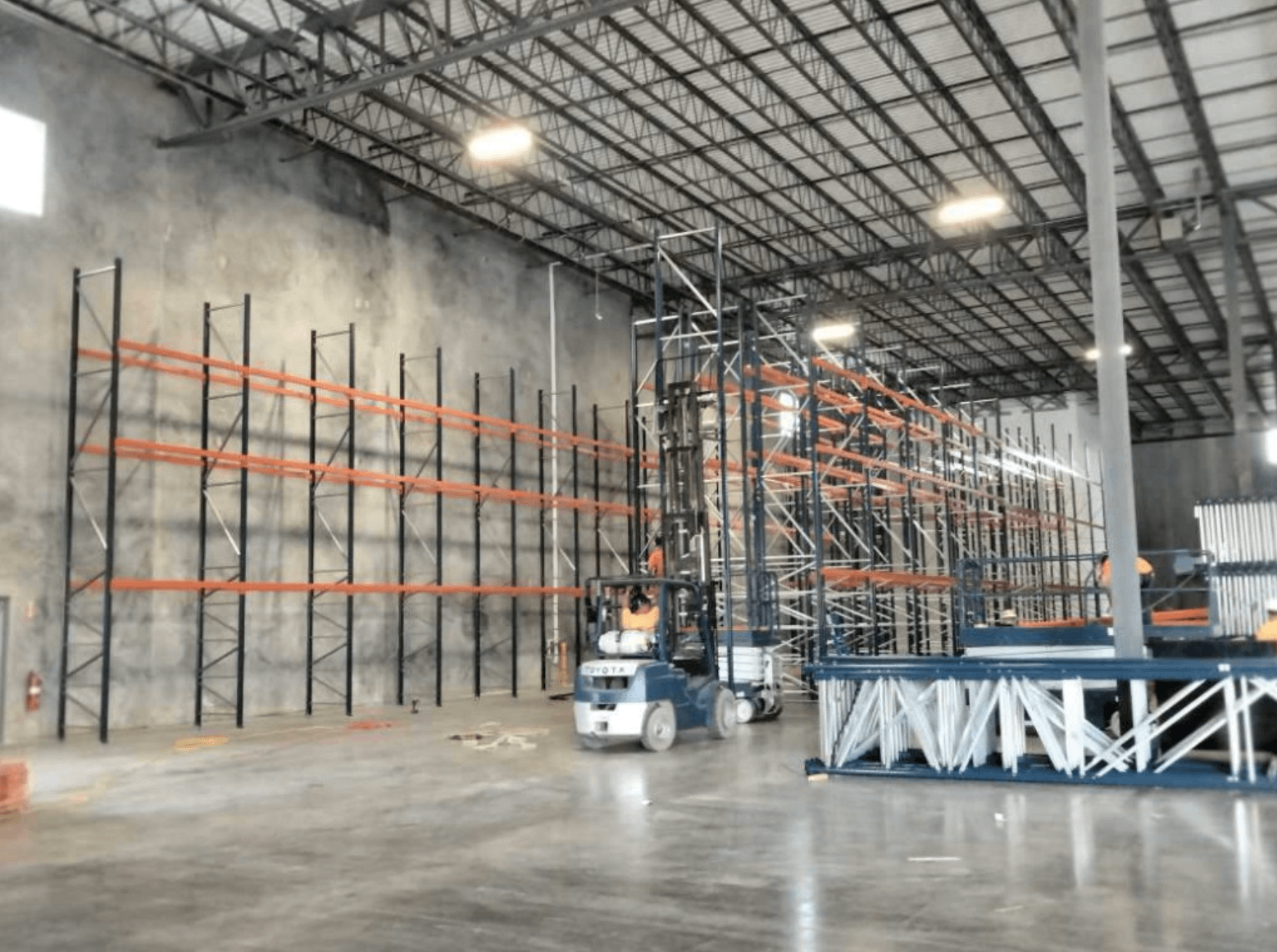When designing a storage area, you’ll learn there are dozens of different pallet racking styles that all have their own benefits and disadvantages. Learning about all these racking styles is key for planning your racking storage system before you involve warehouse racking installers. As such, learning the difference and choosing between conveyor and push-back pallet racking is important for your design plans.
Loading Style
The first difference you’ll notice between these two racking systems is how people load them and what happens to the pallets as they load. As a pallet enters the push-back racking, it loads into the front, pushing back any pallets that already sit on the rack. Similarly, conveyor racking has an entrance where you load pallets, but then they slide to the other side of the racking using gravity where you can pick them up later.
Picking Order
The loading style of these racks creates a huge difference in how workers must pick the pallets back out from storage. Since push-back racking has only one place to load and pick from, the system ends up being last-in, first-out. On the flip side, conveyor racking flows pallets away from the loading zone to the picking zone, creating a first-in, first-out system that’s useful for time-sensitive storage such as food or produce. This racking is very popular for systems that hold perishables.
Density
When you’re choosing between conveyor and push-back pallet racking, consider the density of the systems. Push-back racking has a high density with each bay, but it does carry less per bay in comparison to similar conveyor racking. However, because conveyor racking needs space for both loading and unloading, it takes up more floor space than push-back racking. This is what really matters when weighing your options for these systems.
These are the major differences you should weigh when deciding which racking system you should use. You always have the option to use both in your design—choose the racking which best fits your product and diversifies your system. This can create the best storage design that’ll efficiently store all your products.


